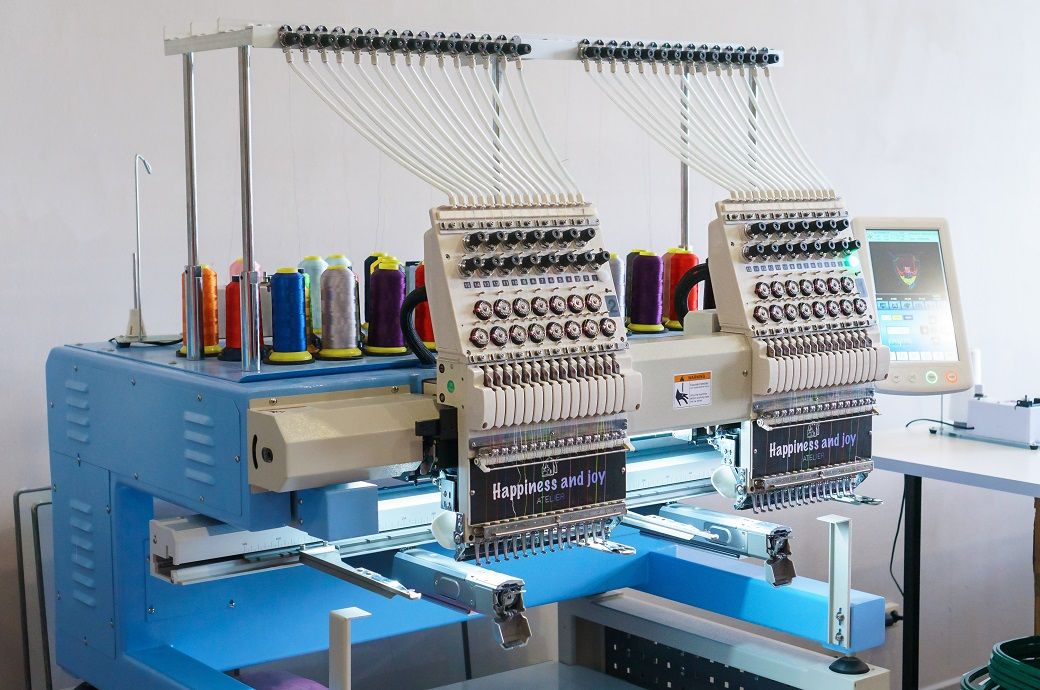
Output increased for the first time since February, and to a solid degree, whilst new orders increased for a sixth successive month due to improved domestic and international demand.
However, tariffs remained a prevalent theme, notably affecting purchasing decisions and prices. As per the data manufacturers raising their input buying activity to the greatest extent since April 2022, at times reflective of efforts to build up inventories given ongoing trade and price uncertainty, S&P Global said in a press release.
Nonetheless, input costs still rose sharply, with inflation hitting its highest level for nearly three years. A similar trend was seen for output charges, which rose to the greatest degree since September 2022.
Manufacturers recorded a first rise in production for four months. Growth was the second-steepest since March 2024, surpassed only by February’s near three-year record. Firms often linked the rise in production to higher volumes of new orders at their plants, which rose in June as they have done throughout the year to date.
Improved domestic demand was noted, with some success in securing new work linked to positive marketing campaigns. International sales also strengthened, with new export orders up modestly and for a second successive month, although growth was partly limited by tariffs.
Tariffs also impacted purchasing and prices during June. Some manufacturers noted that tariff uncertainty had encouraged the building up of inventory and the purchasing of more inputs. The latter rose to the greatest degree in over three years and helped to drive a further monthly increase in stocks of input purchases. Pre-production inventory growth was marked, and the second-fastest in over three years, surpassed only by May’s survey record increase.
There was some notable upward pressure on input prices during June, with inflation accelerating to its highest in just under three years. Firms widely reported the inflationary impact of tariffs on prices, especially for metals like steel. In response, output charges were raised to the greatest degree since September 2022.
US manufacturers are hopeful of a more stable economic environment in the year ahead. Trade uncertainty is expected to dissipate, whilst a generally stronger economy is anticipated to drive sales higher. Overall, confidence with regards to output in 12 months’ time improved to its highest in four months. A relatively positive outlook also helped to underpin a rise in employment during June.
Some pressure on capacity encouraged firms to add to their staffing numbers – backlogs of work increased for the first time since September 2022 during June. Overall, employment increased during June for a second successive month and at the fastest pace for over two-and-a-half years, added the release.
“June saw a welcome return to growth for US manufacturing production after three months of decline, with higher workloads driven by rising orders from both domestic and export customers. Reviving demand has also encouraged factories to take on additional staff at a rate not seen since September 2022,” said Chris Williamson, chief business economist at S&P Global Market Intelligence. “However, at least some of this improvement has been driven by inventory building, as factories and their customers in retail and wholesale markets have sought to safeguard against tariff-related price rises and possible supply issues. It therefore seems likely that we will get pay-back in the form of slower growth as we head into the second half of the year.”
“These price pressures are already building, with factories reporting steep cost increases again in June, linked to tariffs, which they are passing through to customers. The big question of course is whether this merely results in a short-term change in the price level rather than a more worrying return of stubborn inflation,” added Williamson. “More encouragingly, business confidence has continued to improve from the low point seen in April, with US manufacturers becoming more optimistic in the face of fewer trade and tariff worries compared to the heightened uncertainty seen in April, that said, many firms remain cautious as they await news of trade deals as the deadline for paused tariffs draws closer.”
ALCHEMPro News Desk (SG)
Receive daily prices and market insights straight to your inbox. Subscribe to AlchemPro Weekly!